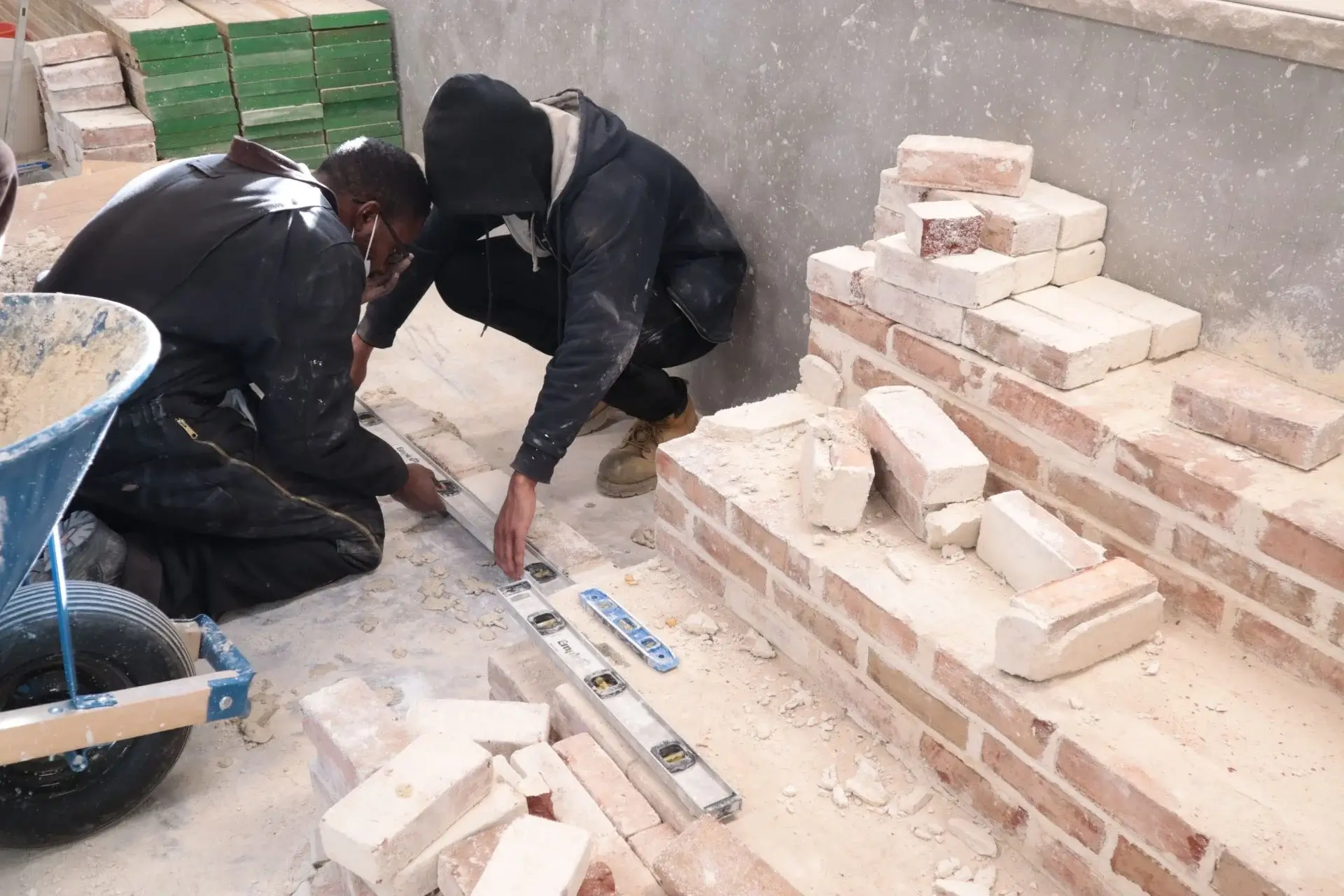Amidst the changing job market scenario, a trade school today is becoming more and more popular. They offer their students a learning environment well-equipped with hands-on training, affordability, and practical job-life experience.
Understanding and recognising the growing demand for vocational training, today’s Gen Z has swapped four-year college degrees with trade schools, learning practical skills like welding, plumbing, HVAC, etc. But what does a day in the life of these trade students in our trade school look like? Let’s have a look.
A usual day at vocational training begins with an atmosphere driven by great ambition and passion. Having well rested through the night, a student undergoing welding training, for example, would start off his day by donning his protective gear. This would be his protective clothing, heat-resistant gloves, face masks, foot covers, helmets, etc.
Once he ensures all his equipment is set, the student arrives before class. Expert instructors at vocational training command students to clear clutter, check connections, and prepare safety measures before beginning.
In every program at a trade school, instructors usually dedicate the mornings to teaching the theory behind hands-on skills.
Post-theory, active stimulation of real work job life happens. Students get to work with actual trade instruments, like circuits, pipe fittings, syringes, etc.
During lunch, students get to develop deep, invaluable connections with fellow tradespeople and students. This helps in active sharing of skills known to one, but others are facing difficulty understanding. They exchange personal experiences, difficulties, etc, and even find helpful solutions via such exchanges.

Post lunch, the day continues with spearheading expert task-based instructions. In construction trade schools, for example, students practice various safety measures needed on site, framing, fittings, modelling, and remodelling. All this happens in workshops, specifically designed for this purpose.
These workshops help you drill down on quality and precision, set to the standards needed in your respective industry.
A crude focus on teaching safety measures is central to every career college you enter.
Practical application happens during this time in a career college. You, under the direction of expert industry men, educators, and instructors, work on real-life trade projects.
Evening sessions at vocational training help in covering all hiccups. At a construction trade school, for instance, these sessions at our trade school would help you in dodging all the challenges you would face in becoming successful at your trade.
After these sessions, instructors at the best trade schools give personal feedback, leaving no gaps behind.With this training, career colleges help you master your trade by the time you graduate.
After a tiring day, you rest, have quick chats with fellow students, finish up your dinner, and then. Spend your night learning, practising, and revising everything taught to you in your day of training. Moreover, this needs an inherent internal calling for dedication, passion, and hard work.
The best trade schools offer programs aligned with the students’ physical and economic needs.
Most programs are of shorter duration, ranging from 5-6 months to a maximum of 2 years, allowing you to graduate early and start earning a handsome salary thereafter.
Instructors here customise the curricula to meet students’ needs, replacing one-size-fits-all education. This ensures targeted, career-oriented learning.
Class sizes are generally smaller, ranging from 20 to 25, ensuring each student gets dedicated attention in theoretical as well as practical training.
Multiple internships and apprenticeships at a trade school help you earn while you learn. Additionally, this helps prioritise real-world job experience over theoretical knowledge, making the transition from school to job an easier one.
The financial efficacy of trade programs is commendable, too, for example. Programs cost less than $20,000 annually, bringing down educational costs manifold compared to four-year degree colleges.

Experts say that there exists a direct correlation between the demand for tradespeople in any economy and the overall performance of businesses in any sector of a nation.
This directly explains how crucial a role skilled tradespeople play in the successful development and growth of the entire country.
Furthermore, vocational training has been successful in landing its students with such high-paying trade jobs that they do not care about spending time thinking about alternatives.
For example, according to the Bureau of Labour Statistics, a welder can easily make up to $35,200 per annum, a Sterile processing technician can easily make about $26.63 per hour, while an electrician can earn about $24.83 each hour. These are only a few examples.
We here at PTTI offer valuable hands-on training to our students that helps them meet the daily challenges they encounter in the field. Additionally, our programs, ranging across fields like automation, manufacturing, welding, pipefitting, construction, etc, help students to achieve a high-paying career for themselves in diverse industries.
Thus, join our trade school today if skilled trade is something you have set your eyes and heart on.
Read More: